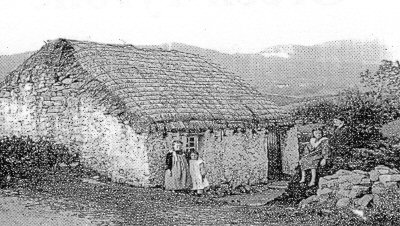From the late 1820s to the early 1840s the Great Liberator Daniel O’Connell strode the political stage in Ireland and at Westminster, campaigning first for Catholic Emancipation and then for Repeal (of the Act of Union). By the latter date he was quite aged and represented ‘Old Ireland’.
A new group of young radicals, with a more forceful agenda and prepared for direct action, worked – as Young Ireland – at first within the Repeal Association. Later they joined with other like-minded individuals to form the Irish Confederation. But they had been gradually drifting away from O’Connell, especially after – under duress from the British Government – he called off the Monster Meeting at Clontarf in October 1843.
Also Young Ireland thought O’Connell was too closely tied with the Catholic Church, alienating especially Northern Protestants.
O’Connell in those latter days would be content with justice and legislative reform. ‘The people of Ireland are ready to become a kind of West Briton if made so in benefits and in justice,’ O’Connell asserted. Young Ireland radically disagreed. Repeal and an independent legislature was, for them just the beginning. As conditions worsened, other demands emerged.
But we must look first to the other leaders who originally formed Young Ireland and established the Nation in October 1842.
… more later …
